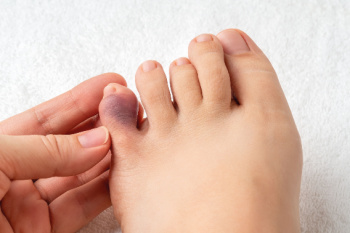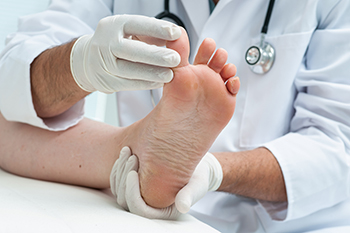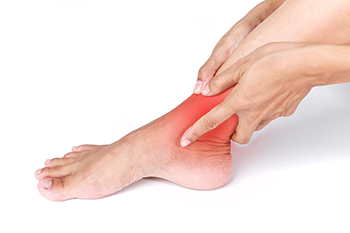
Pickleball, governed by rules similar to tennis, involves players rallying a lightweight plastic ball over a net on a compact 44 by 20 foot court. While its low-impact nature makes it appealing to athletes of all levels, the sport demands quick reflexes, balance, and agility, increasing the risk of injuries. Senior players are especially vulnerable, with sprains, strains, ruptures, and falls being most common. Women are more prone to fractures due to lower bone density, while reduced conditioning in older adults compounds the risk. Proper footwear designed for lateral movement and a thorough warm-up routine are critical for preventing injuries. If an injury occurs, non-surgical treatments such as rest, targeted exercises, or bracing are often effective, depending on severity. By taking these precautions, players can enjoy the social and physical benefits of pickleball without compromising their health. If you have sustained a lower extremity injury while playing pickleball, it is suggested that you seek treatment from a podiatrist.
Foot and ankle trauma is common among athletes and the elderly. If you have concerns that you may have experienced trauma to the foot and ankle, consult with one of our podiatrists from Footcare Now. Our doctors will assess your condition and provide you with quality foot and ankle treatment.
Foot and ankle trauma cover a range of injuries all over the foot; common injuries include:
- Broken bones
- Muscle strains
- Injuries to the tendons and ligaments
- Stress fractures
Symptoms
Symptoms of foot and ankle injuries vary depending on the injury, but more common ones include:
- Bruising
- Inflammation/ Swelling
- Pain
Diagnosis
To properly diagnose the exact type of injury, podiatrists will conduct a number of different tests. Some of these include sensation and visual tests, X-rays, and MRIs. Medical and family histories will also be taken into account.
Treatment
Once the injury has been diagnosed, the podiatrist can than offer the best treatment options for you. In less severe cases, rest and keeping pressure off the foot may be all that’s necessary. Orthotics, such as a specially made shoes, or immobilization devices, like splints or casts, may be deemed necessary. Finally, if the injury is severe enough, surgery may be necessary.
If you have any questions, please feel free to contact our offices located in Elmhurst Jackson Heights, and Astoria, NY . We offer the newest diagnostic and treatment technologies for all your foot care needs.









